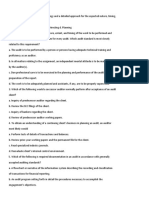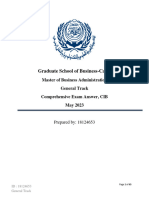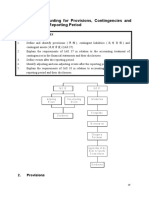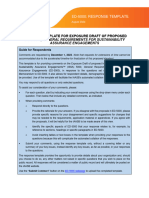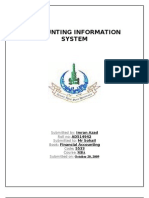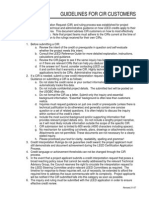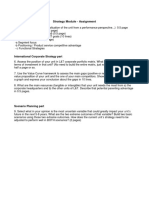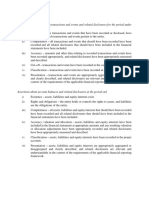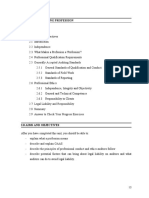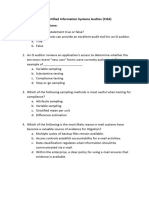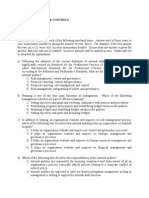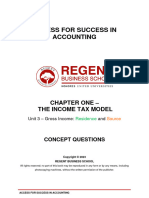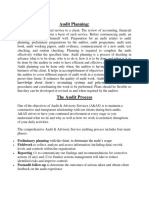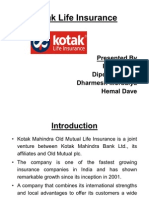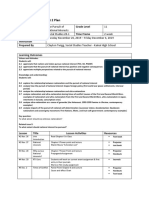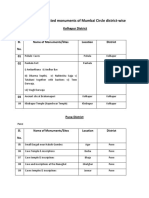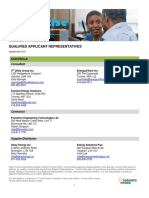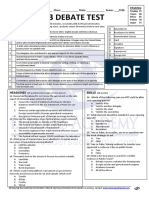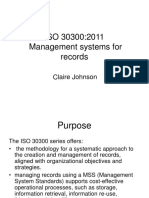0% found this document useful (0 votes)
288 views11 pagesAuditing Study Material
Audit evidence,Method of obtaining evidence,Working Papers,Types of Audit programme
Uploaded by
sangeetha280806Copyright
© © All Rights Reserved
We take content rights seriously. If you suspect this is your content, claim it here.
Available Formats
Download as DOCX, PDF, TXT or read online on Scribd
0% found this document useful (0 votes)
288 views11 pagesAuditing Study Material
Audit evidence,Method of obtaining evidence,Working Papers,Types of Audit programme
Uploaded by
sangeetha280806Copyright
© © All Rights Reserved
We take content rights seriously. If you suspect this is your content, claim it here.
Available Formats
Download as DOCX, PDF, TXT or read online on Scribd
/ 11

